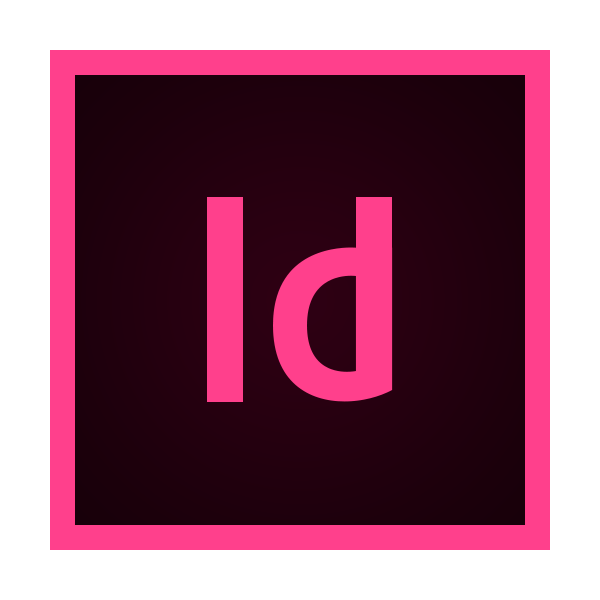

- #ADOBE INCOPY 2020 INSTALL#
- #ADOBE INCOPY 2020 FULL#
- #ADOBE INCOPY 2020 SOFTWARE#
- #ADOBE INCOPY 2020 WINDOWS#
The messages appear because these applications are located in a folder or store data in a folder that has an increased protection. Please note that personal data such as your calendar or photos is not actually accessed. "Installer" would like to access your photos."Installer" would like to access your calendar.

Note for installing on macOS 10.14 Mojave and higherĭue to the security features of MacOS, notifications may appear during the installation such as: Double-click the installer and follow the steps on screen.
#ADOBE INCOPY 2020 SOFTWARE#
Download the installer from the Software Releases page. In this method, the installation is done by manually running the installer and following all steps on screen. Info: Use the filter to only show information for one method:
#ADOBE INCOPY 2020 WINDOWS#
(silent installation, Windows only) This method is aimed at system administrators who want to remotely control software installations.
#ADOBE INCOPY 2020 INSTALL#
This method is aimed at end users who want to install Studio for InDesign and InCopy on their system. Installing Studio for InDesign and InCopy can be done in the following ways: Note: The application is only installed on macOS (in the /Applications folder) on Windows, the functionality is provided via the registry and scripting. The used protocol defines the application that is called (InDesign or InCopy), and the version of that application. When a user opens a layout or article from Studio into InDesign or InCopy, Studio calls a URL with a specific URI scheme. Opening layouts and articles from Studio.The application intercepts this URI and lets Studio for InDesign and InCopy know that the log on was successful by calling a script. When a user successfully logs in to the authentication provider, the Web browser sends a URL with a specific URI scheme. This identity provider (IDP) application is used for the communication between a Web browser and the Studio for InDesign and InCopy plug-ins. A reference to these plug-ins is kept in a file named PluginConfig.txt which is stored in the application folder of InDesign, InDesign Server, and InCopy. Some of the default plug-ins are prevented from being loaded when InDesign, InCopy, and InDesign Server is started.For more information, see Why menu options are missing after installing Studio for InDesign and InCopy. To resolve these conflicts, various menu commands are disabled, renamed, or removed. Some of the functionality that is added by these plug-ins conflicts with existing InDesign and InCopy functionality.Components that are added to InCopy by Studio for InCopy.Components that are added to InDesign by Studio for InDesign.These contain all the functionality of Studio for InDesign and InCopy. Plug-ins in the plug-in folder of InDesign, InDesign Server, or InCopy respectively.

Do this by opening the file and re-saving it.ĭuring the installation, the following is installed: Convert any InDesign and InCopy templates to the new version of InDesign and InCopy.This is because documents created in a newer version cannot be opened in a previous version. All InDesign and InCopy users should use the same Adobe version.When you are upgrading to a new version of Adobe InDesign or InCopy, keep the following in mind: For more information, see the Compatibility Matrix. Before you startīefore starting, check the compatibility of Studio for InDesign and InCopy, with InDesign, InDesign Server, InCopy, and Studio Server. It is assumed here that a fully working Studio Server is set up, including Brands and Issues. Note: Studio for InDesign and InCopy connects to Studio Server which provides workflow functionality and access to the files that users need to work on. The installation consists of the following steps:
#ADOBE INCOPY 2020 FULL#
A full installation of Studio for InDesign and InCopy is an installation on a system on which Studio for InDesign and InCopy is not yet installed.


 0 kommentar(er)
0 kommentar(er)
